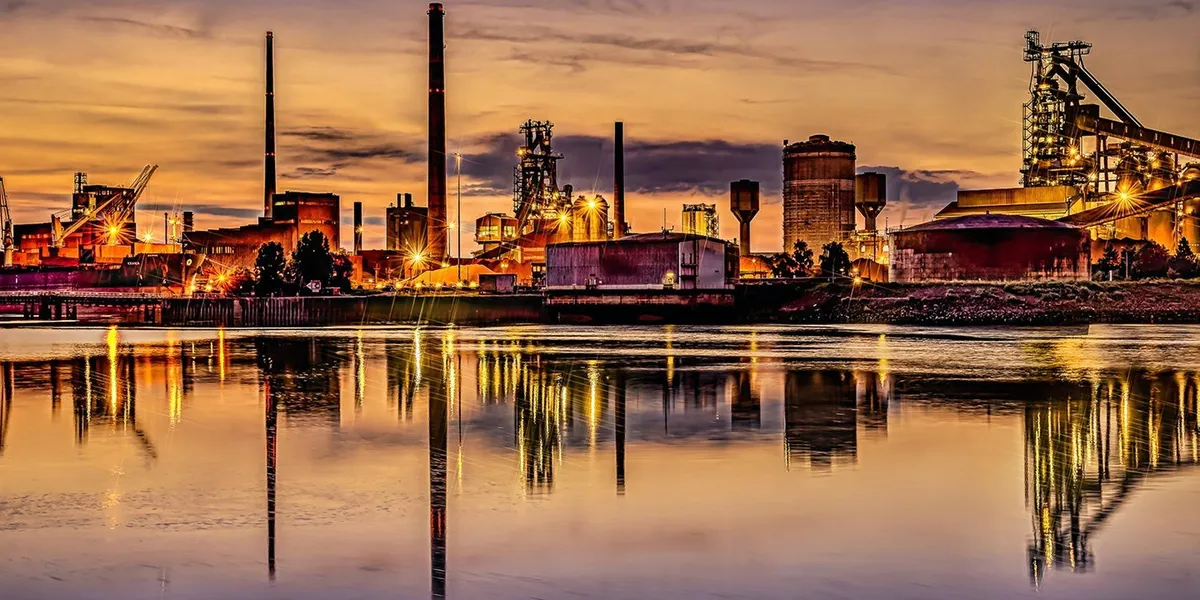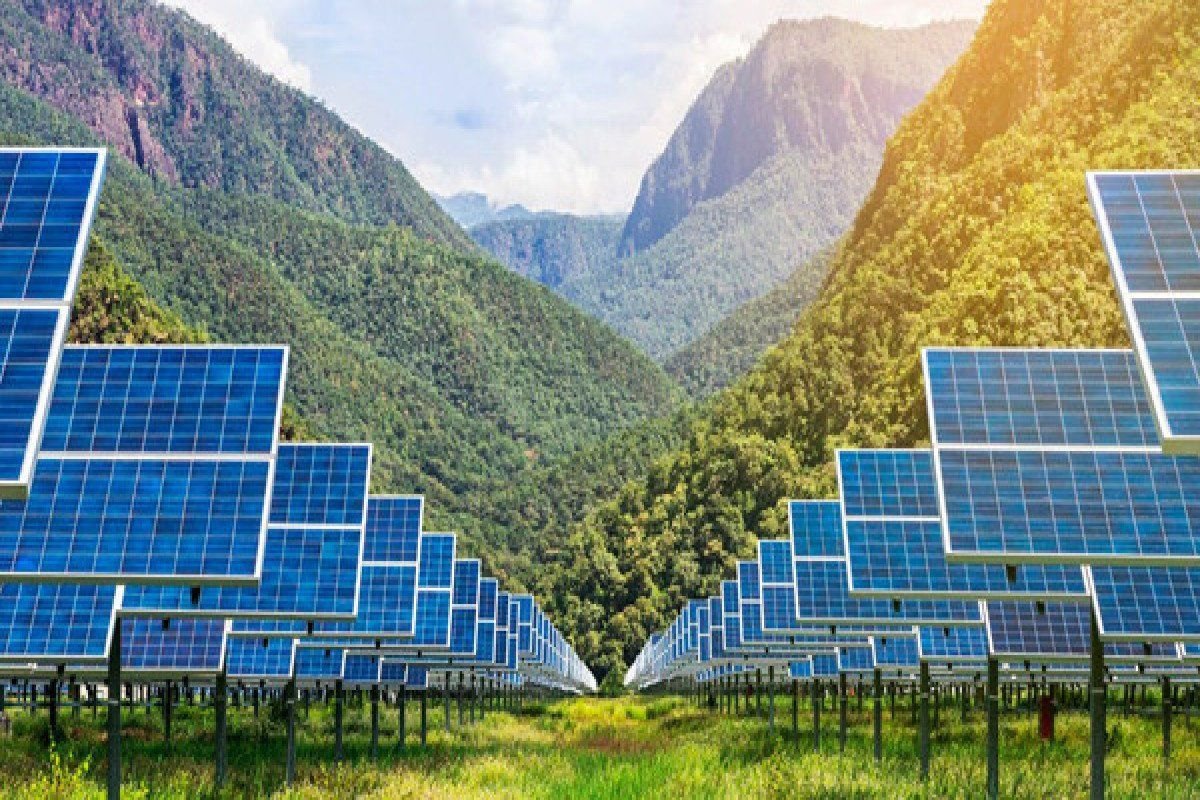The escalating trade conflict between the U.S. and China has disrupted global supply chains and affected investor confidence. However, amidst this turmoil, Europe’s hydrogen sector is emerging as a stable investment opportunity. The continent’s commitment to green hydrogen, supported by a strong regulatory framework, is attracting investors looking for reliable alternatives.
### EU’s Commitment to Hydrogen The European Union (EU) is advancing its green hydrogen goals with concrete plans. By 2025, the EU aims to establish 40 gigawatts (GW) of electrolysis capacity, generating 10 million tons of renewable hydrogen annually. Key initiatives like the ‘Fit for 55’ and the ‘Hydrogen and Decarbonised Gas Market Package’ are driving this growth. Luxembourg is at the forefront, spearheading projects such as LuxHyVal, which plans to deploy a six-megawatt electrolyzer by 2026, backed by a €110 million funding pool for green hydrogen initiatives.
### Strategic Actions in Luxembourg Luxembourg’s Taskforce H2 is ensuring alignment with EU hydrogen targets. Financial incentives like €7 per kilogram operational aid, plus an additional €3 for new renewable energy sources, are accelerating projects such as H2Apex’s 100 MW plant in Lubmin, Germany. This initiative not only supports environmental goals but also fortifies Europe’s industrial strategy against external trade pressures.
### H2Apex’s Adaptation to Market Changes H2Apex, led by CEO Peter Roessner, exemplifies how companies are adjusting to the shifting landscape. In response to uncertainty due to U.S. tariff policies, Roessner redirected the company’s supply chain to European sources. The €200 million Lubmin project now relies on local suppliers to mitigate risks associated with U.S. trade volatility. Roessner emphasized, “The U.S. market is too unpredictable. Europe offers the stability we need to scale.”
Despite reporting losses of €8.1 million in the first quarter of 2025, H2Apex is focusing on long-term models such as hydrogen-as-a-service (HAAS), which includes the sale of storage tanks and electrolyzers. This strategic pivot positions H2Apex to take advantage of Europe’s projected €1.1 trillion clean energy market by 2030.
### Why Europe’s Hydrogen Sector Is Resilient 1. **Regulatory Stability:** The EU’s Renewable Energy Directive and the forthcoming low-carbon hydrogen definition provide clear guidelines for investment. In contrast, U.S. policies on solar panels and electric vehicles fluctuate with political changes. 2. **Local Supply Chains:** Europe’s Important Projects of Common Interest (IPCEI) hydrogen corridors and partnerships, like that between H2Apex and Enovos, reduce reliance on international suppliers, enhancing supply chain resilience. 3. **Investment Trends:** Investors are shifting their focus. By mid-2025, €100 billion flowed into European equity funds, while U.S. equity funds experienced an outflow of €87 billion, underscoring a growing confidence in Europe’s hydrogen projects.
### Investment Strategies for Hydrogen Investors looking to capitalize on Europe’s hydrogen market can consider: – **Stock Options:** H2Apex remains a potential growth opportunity due to its strategic initiatives. Other companies such as McPhy and Plug Power, which also have a presence in Europe, are worth monitoring. – **Exchange-Traded Funds (ETFs):** The EURO STOXX Renewable Energy Index and the iShares Global Clean Energy ETF offer diversified exposure to the hydrogen sector. – **Portfolio Allocation:** Allocating 5-10% of a portfolio to European hydrogen investments can act as a hedge against trade volatility.
While the EU’s regulatory environment can slow project timelines, the Critical Raw Materials Act is expected to strengthen supply chains, offering a competitive advantage over potential short-term cost challenges stemming from cheap solar panel imports from China.
### Conclusion Europe’s hydrogen economy represents a robust investment opportunity driven by stability, strategic regulatory frameworks, and strong local partnerships. As H2Apex and other companies expand their operations, the sector stands as a promising avenue for growth and resilience against global trade uncertainties. Investors should consider integrating these assets into their portfolios to secure a stake in the future of clean energy.




